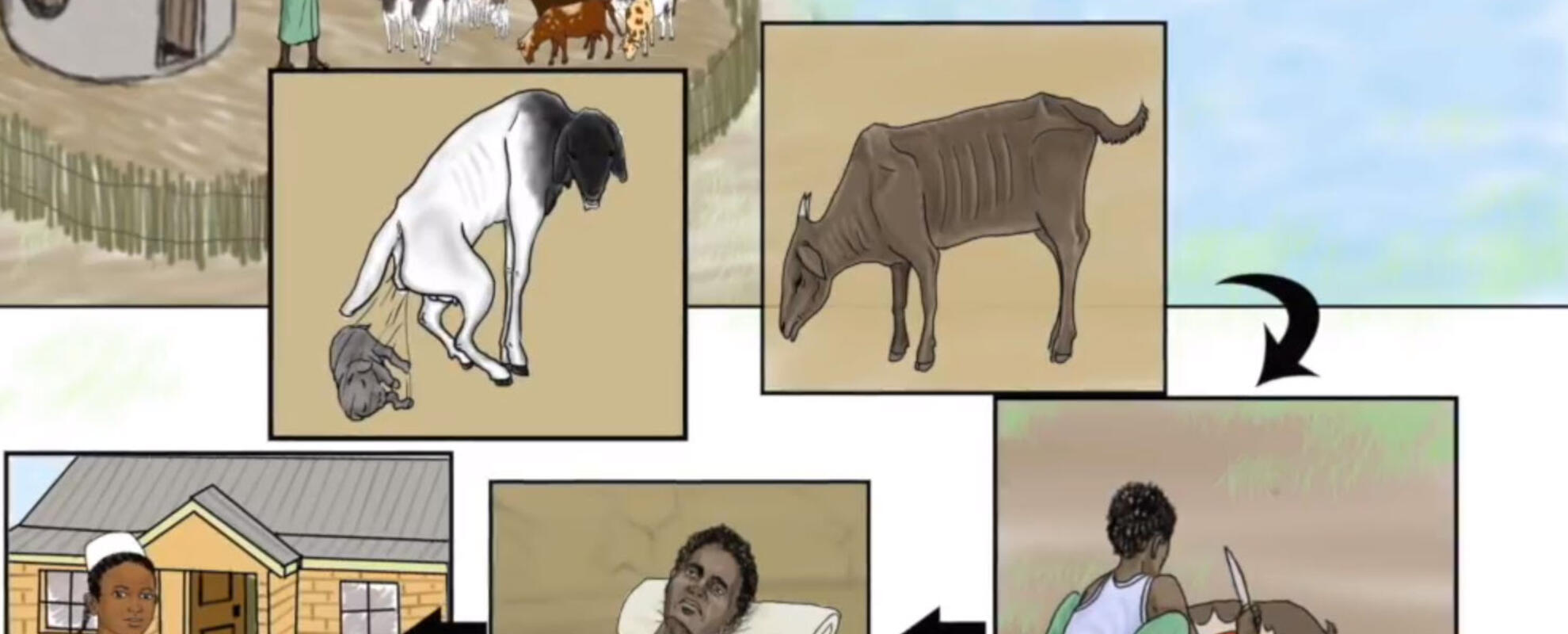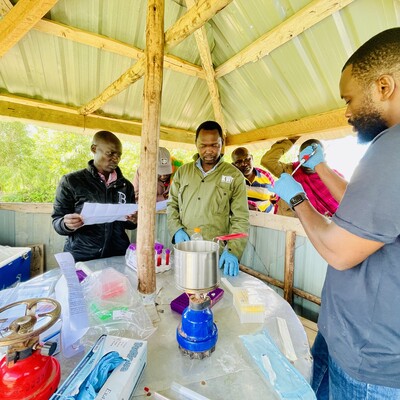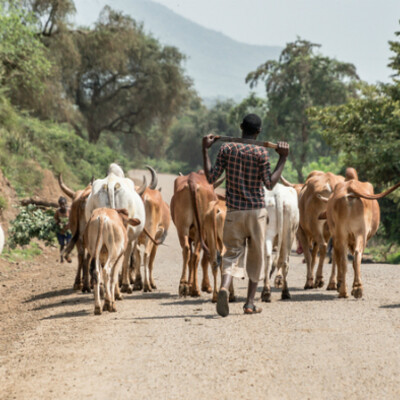
Introducing English and Swahili instructional videos on the patterns, signs, symptoms and control of Rift Valley fever
Written by Bernard Bett
Several outbreaks of Rift Valley fever in livestock and people have occurred in eastern Africa over the last three months or so. In the first week of June 2018, local media reported at least five fatal human cases in Kenya’s northern Wajir County. More suspected cases in livestock were observed in several areas in the country where heavy rainfall and flooding occurred between March and June this year. During the same period, suspected cases of the disease were reported in livestock in Rwanda (Kayonza, Ngoma and Kirehe districts). And in March of this year, South Sudan experienced similar outbreaks in the Yirol East, Yirol West and Awerial counties of Eastern Lakes State.
The intervals between epidemic outbreaks of Rift Valley fever, unlike those of most other endemic diseases in this region, are prolonged—generally between 5 and 15 years. These long intervals of no disease occurrence tend to hamper efforts to control the disease when it does occur. First, levels of awareness and knowledge of the disease among livestock producers decline with time and new outbreaks often occur only after the response capacity has waned. Second, livestock producers and other actors along the livestock value chain typically have few incentives to implement livestock vaccination and other preventative measures during the long inter-epidemic periods, during which the risk of Rift Valley fever is generally perceived to be low and livestock farmers shift their attention to other pressing problems. Over the past 10 years, major Rift Valley fever vaccination campaigns have been deployed only as part of emergency response measures implemented to control a new outbreak. Rift Valley fever experts at the International Livestock Research Institute (ILRI) and partner organizations think this is not an optimal strategy for managing the risk of new outbreaks.
With the support of the Office of US Foreign Disaster Assistance (OFDA) of the United States Agency for International Development (USAID), ILRI has developed two videos — one describing patterns of the occurrence of the disease along with clinical signs and symptoms of Rift Valley fever, and the other focusing on measures to control the disease.
The aim of these short and practical video productions is to improve knowledge of the disease and its control measures. To further encourage local communities to participate in surveillance and programs working to better prevent or control the disease, the videos have also been prepared in Swahili.
These videos are also available for sharing via smartphones.
The videos will be refined over time and we encourage viewers and users to provide us with their feedback. Please send your comments and suggestions to ILRI scientist Bernard Bett at b.bett [at] cigar.org.
About the author: Bernard Bett is a senior scientist in the Animal and Human Health program at ILRI interested in transmission dynamics of multiple infectious diseases as well as the effectiveness of their intervention measures.



















